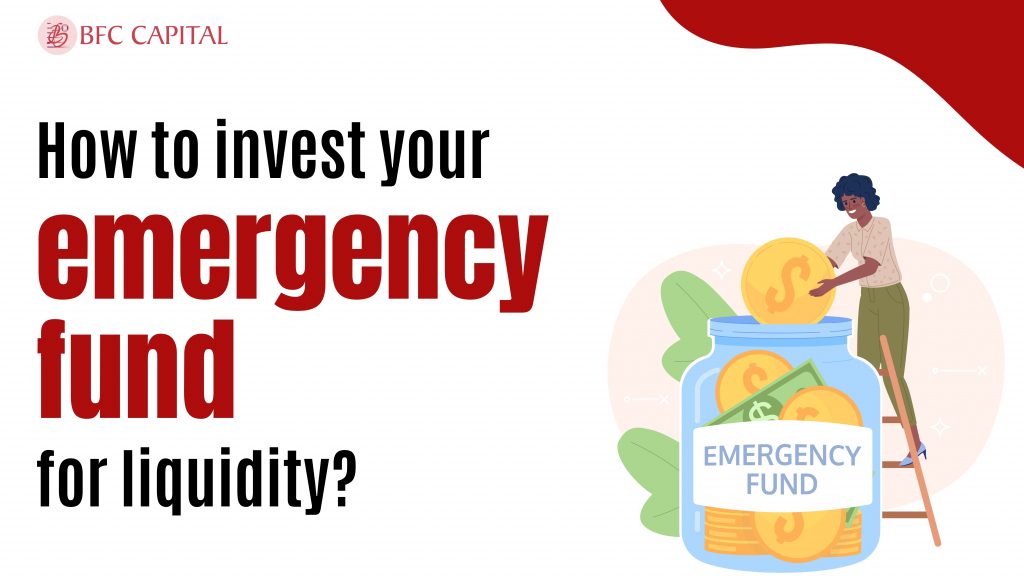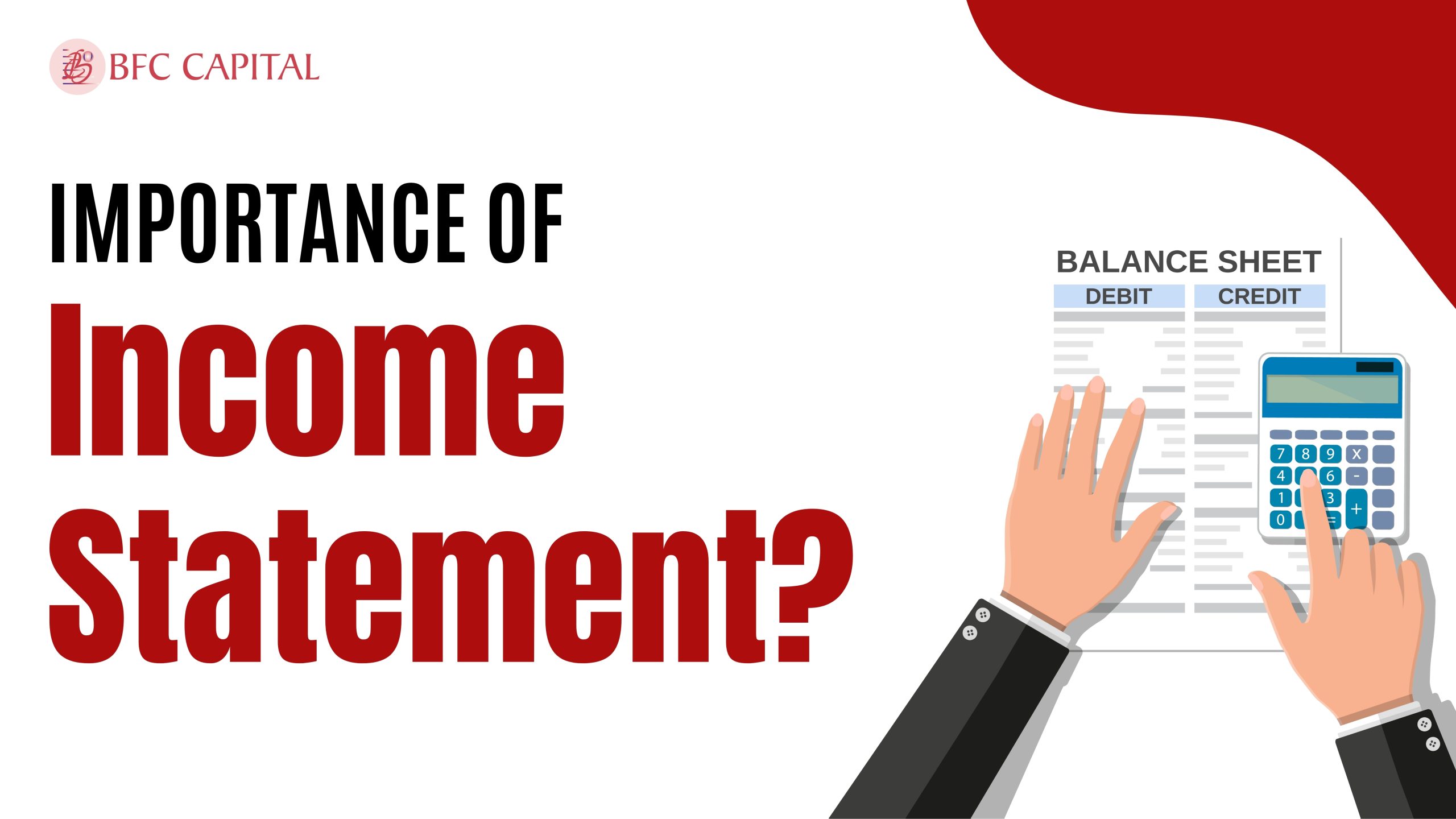
Life can be filled with uncertainties. One minute, you have a stable work and income. The next, you may be struggling to make ends meet. For this reason, having a safety fund that may be accessed in case of need is essential. You get this assurance in the event of unforeseen events from emergency money. It is impossible to overstate the value of having an emergency fund.
Here are some things to be aware of in this context.
What do you mean by emergency funds?
The crucial amount of money you should set aside for bad financial situations in life is known as an emergency fund. It acts as a safety net, protecting you from bad circumstances. On the other hand, this fund should be reserved for emergencies only—that is, for unfortunate expenses.
This emergency term is not always related to medical emergencies. This can lead to emergencies that are different from what is usually necessitated. This can be an unexpectedly large amount that you can not pay off with a daily budget.
Why maintain a liquid emergency fund?
The emergency fund is an important corpus that you need to set away for emergencies. It is not intended to cover regular expenses; rather, it is a fund that you can draw upon in times of need or for unforeseen and unplanned circumstances. Therefore, you need to specifically construct it to accommodate any unexpected financial gaps that might arise for you.
The benefits of Emergency fund liquidity
If you feel like investing the cash in the emergency fund, then ensure that the assets you invest in are highly liquid—that means easily convertible to cash at least within a short time and for free.
This means that having easily accessible emergency funds will ensure that one is financially set to access the funds when needed. One can deposit it in a savings or checking account so that when one emerges with an impromptu cash need, he or she will not be stranded. It is important to note that there are strategies that one can apply to invest emergency cash with the intent of generating income.
The process of getting your hands on the money can unfortunately take a while if you invested in relatively less liquid assets, such as property. Sporadic or irregular assets may be liquid and their conversion into cash may be slow in case of an emergency and thus cannot be relied on. Here, you are locked out of the account which implies that you could only access your money by selling stocks at a loss or pay for penalties.
Due to this, shares can be, to a certain extent, rather unstable, and thus, most specialists do not recommend using the funds of an emergency reserve to purchase the shares. Consequently, if, for whatever reason, you need cash, you could have to sell your stocks at a loss. While stocks might take a longer time to sell compared to bonds, they are usually less risky than shares.
Now let’s have a look at several approaches as to how the money kept in the emergent fund can be invested to be as safe as possible, as liquid as possible, and as profitable as possible.
How much money should be in your emergency fund?
An emergency fund can be three to six months’ worth of your monthly salary, depending on your income and costs. Your emergency fund should be between Rs. 60,000 and Rs. 1,00,000, for instance, if your regular living costs take up Rs. 15,000 of your monthly income of Rs. 30,000.
You could even decide to separate your emergency savings into two accounts.
Long-term emergency funds
This is the place to set money aside for significant emergencies, such as an abrupt medical crisis or a significant natural disaster. This money should be invested in securities that yield a little higher interest rate but could take a few days to liquidate.
Short-term emergency funds
In an emergency, you should immediately access this fund. A fund like this should not yield much in the way of income but allow for instant access, which in an emergency can be enough until you can access your long-term emergency savings.
How to start an emergency fund?
Building an emergency fund can be done in several ways. The procedures listed below can be used to create a disaster fund that never fails:
- Decide on the perfect amount: To prevent an emergency, you must know how much money you need. Effective financial planning can enable this. To determine an amount that can be sufficient for your position, take into account your gross income, monthly expenses (such as basics and loan repayments), and the number of dependent family members. An emergency fund should be funded with six to eight months’ worth of your pay, on average.
- Obtain insurance: insurance is a must have and emergency fund can be set up as per need basis.Your family can continue living their lives with the assistance of the life cover. You can have the required protection in the event of a sickness or medical emergency with the help of a critical illness or disability benefit.
- Make the appropriate investments: The money you save for emergencies must grow rather than sitting around. Conscientious investing can help achieve this. Putting money into high-yield investments can ensure that your emergency fund stays valuable and can keep up with inflation. But, you must make investments in goods that are conveniently accessible when an emergency arises. Long-term investments with steep penalties for early withdrawals may be harmful.
Where do you keep your emergency funds for liquidity?
Finding an appropriate space for your emergency fund is crucial once you’ve decided how much to spend on it and have begun the process of building it. A savings account makes sense since it provides cash, which is crucial in times of emergency.
One option would be to search for a savings account that offers a high interest rate together with no fees or minimum balance limitations. The fact that you won’t require an emergency fund frequently is another crucial feature of it. Therefore, instead of taking the earnings that a savings account delivers, you might want to think about allocating a portion of this money to an investment that provides higher yields and greater liquidity than savings accounts.
Certain mutual funds provide easier liquidity along with superior rewards. This is money that is easily accessible. You can ensure liquidity by allocating a significant portion of the Emergency Fund to these schemes since you can redeem it in a matter of days. Returns for liquid funds typically range from 6 to 8%.
Establishing an emergency fund is a crucial component as well. This can take some time, given the rising expense of living. Using a debt mutual fund will help you accomplish this aim more quickly.
These funds can help you build the corpus faster because they have low risks and a chance to yield good returns. You might think about automating your investments and savings and launching a Systematic Investment Plan (SIP).
Conclusion
Money for an emergency fund should be readily available and safe. Therefore, choose lower-risk investments if you want to use these assets for investments.
To obtain additional advice on how to allocate your money based on your objectives and unique circumstances, think about speaking with a qualified financial counselor.
Please share your thoughts on this post by leaving a reply in the comments section. Contact us via Phone, WhatsApp, or Email to learn more about mutual funds, or visit our website. Alternatively, you can download the Prodigy Pro app to start investing today!
Disclaimer – This article is for educational purposes only and does not intend to substitute expert guidance. Mutual fund investments are subject to market risks. Please read the scheme-related document carefully before investing.

Assistant Vice President – Research & Analysis
Akash Gupta heads the Research & Analysis department at BFC CAPITAL, where he combines in-depth market insights with strategic analysis. He holds multiple certifications, including:
- NISM-Series-XIII: Common Derivatives Certification
- NISM-Series-VIII: Equity Derivatives Certification
- NISM-Series-XXI-A: Portfolio Management Services Certification
- IRDAI Certification
With his expertise in equity, derivatives, and portfolio management, Akash plays a key role in providing research-backed strategies and actionable insights to help clients navigate the investment landscape.







